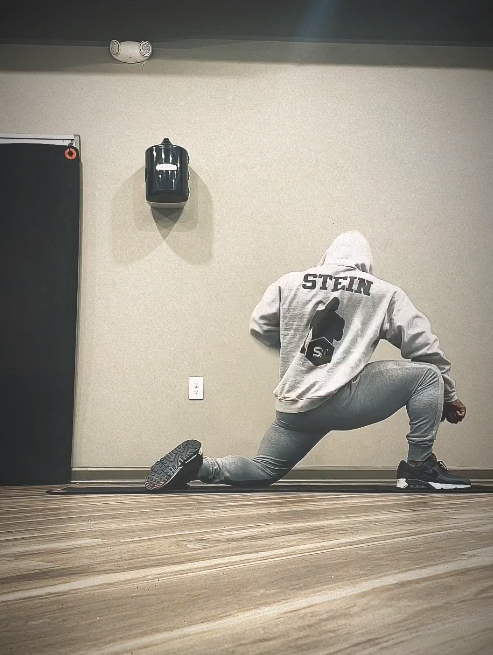
Deload – 1 Step Back; 2 Steps Forward
Picture this….
You are grinding it out in the gym, day in and day out.
You are getting stronger.
You are getting more muscular and everything with the world is right!
After a while, you notice that you stopped making strength gains, and your arms and shoulders look smaller. So you start training harder thinking that you need to do more to make up for what seems lost.
Muscle soreness and joint pain set in. You try to work through or work around the pain and it slowly gets worse.

Now your motivation to go to the gym starts to dwindle, but you go anyway because mentally you know that missing the gym is going to cause setbacks.
What’s really happening is your body is telling you that you need a break! Rest is just as important to strength and muscle growth as training. But again mentally you do not want to stop going to the gym because you are afraid of “falling off” so to speak.
At this moment, you should consider adding a deload to your regimen. It will work wonders for both your physical and mental health.
What’s a deload week?
A deload week, as the name implies, is a scheduled week for reduction in the total intensity and/or volume of your workouts. In laymen’s terms, you workout with enough resistance to get a light pump and still have reps in the tank!
Why do you need a deload week?
To avoid overtraining and/or to recover from a period of strength/performance plateaus, as well as decreased energy levels. A properly planned/executed deload week allows your connective tissue time to repair (since muscle recovers more quickly than your joints and ligaments), restores testosterone, and decreases cortisol levels. Moreover, a deload week gives your mind the chance to relax and get away from the intensity that consistently hard/heavy workouts can provide. After a deload week you should be stronger mentally and physically, and ready to start the next phase of your strength/performance training!

When do you need a deload week?
Most strength training programs schedule a deload week at the 4-week mark. If you are not following any form of a strength training program, there are some telltale signs that give you an indication of when to throw in a deload week. These include…
- feeling weak; unable to consistently lift heavy weight (which is a sign that your CNS has tapped out)
- overly sore muscles from everyday functional use
- sore joints; ligaments
- lack of motivation; desire to work out
How do you complete a deload week?
There are a couple of options that will help you successfully navigate a deload phase. Choose which works best for you
- Do your normal routine and normal volume (sets & reps) but reduce the weight you use to about 50-60% of what you normally work out with for each exercise.
- Use the same weight as you normally would but drop your total number of sets x reps to 50-60% of your normal volume. (Note that you should stick to an 8+ rep scheme here.)
- Use lighter weight and focus on refining your form and technique
- Focus on mobility by doing dynamic and static stretching (when applicable)
A “week” was referenced several times in correlation to deloading as its the most common timeframe to use. Typically, a week is all you need, but please know you can complete a deload phase in as little as 3 days or as many as 10 days. It is totally up to you but believe me your body will tell you exactly how long you need. And truth be told after 3-4 days most get the itch to start moving weight again!
It is important to note that a deload phase will cause little to no delay in long-term strength training progress. It’s equally important to note that the chances of losing muscle size during a deload phase is slim to none. Therefore, if you feel like you would psychologically benefit from a deload week, then there is absolutely no reason to avoid taking one, and it may well help you return to training with renewed enthusiasm. Ideally, the decision about whether to take a deload would be made at the point when you are ready for one, rather than in advance.
Now, if you are experiencing large reductions in strength (or even size) during your strength training program, or if feel like your muscles, or even your joints and ligaments, might be suffering fatigue damage such that they cannot recover in time for the next workout, then the real solution to your problem is most likely not a deload phase, but a more permanent change to your strength training frequency or volume. A change that will allow you to recover properly from one workout to the next.
Hope this helps. Till the next time Train Smart!!!!!





